Spotting the unusual species in your local park

While taking a leisurely stroll through your local park, you might be accustomed to spotting common wildlife like squirrels, birds, and butterflies. However, hidden amidst the familiar sights are some more unusual and fascinating species waiting to be discovered!
In this article, we'll embark on an adventure to explore ten uncommon species commonly found in most local parks in England. Get ready to observe and appreciate the remarkable diversity of nature as we uncover the unique and intriguing aspects of each species.
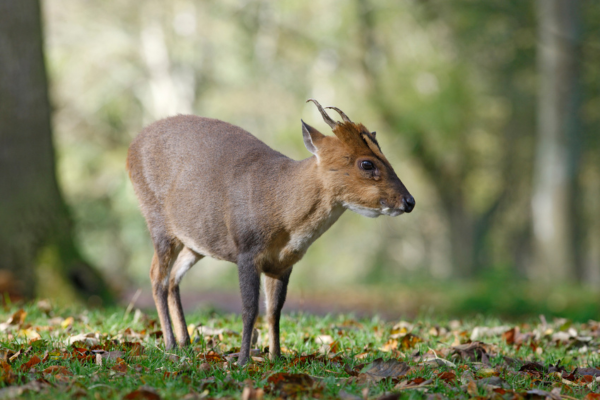
1. Muntjac Deer (Muntiacus reevesi): The Muntjac deer, also known as the barking deer, is one of the smaller deer species and is native to Southeast Asia. Introduced to England, they have become a common sight in many local parks. Muntjacs are skilled at hiding and camouflaging in dense vegetation, making them challenging to spot. Look for signs of their presence, such as tracks and antler marks on trees.
Fun Fact: Muntjacs have prominent canine teeth that are elongated in males, and they use them to assert dominance during territorial disputes.
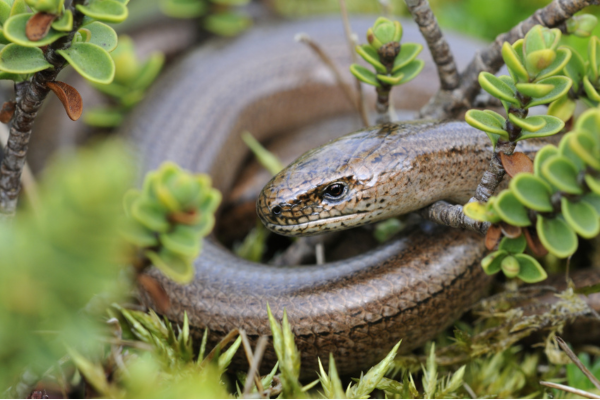
2. Slow Worm (Anguis fragilis): Often mistaken for snakes, slow worms are legless lizards commonly found in grassy areas and woodlands in parks. They have smooth, shiny skin and can vary in colour from bronze to brown or grey. Slow worms are harmless to humans and are fascinating to observe as they bask in the sun.
Fun Fact: Slow worms can shed their tails as a defence mechanism when threatened, and the tail continues to wriggle to distract predators.
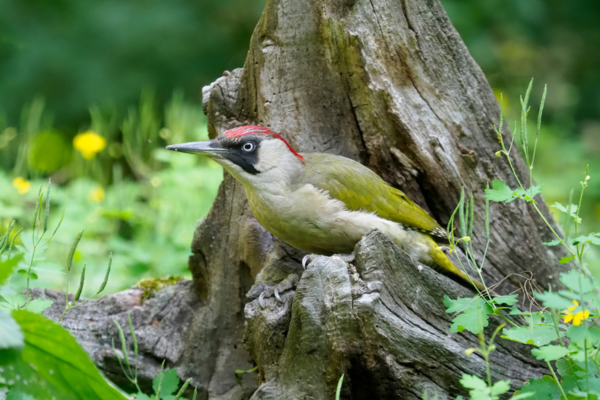
3. Green Woodpecker (Picus viridis): Spotting a green woodpecker can be a rewarding experience. With its vibrant green plumage and striking red crown, this woodpecker stands out from its more commonly seen relatives. Listen for its distinct, loud, and laughing call as it feeds on ants on the ground.
Fun Fact: Green woodpeckers have a specialised tongue that can extend up to four inches to reach deep into ant nests and retrieve their favourite food.
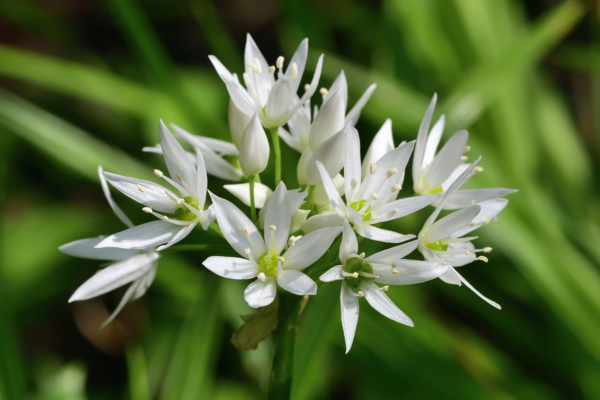
4. Wild Garlic (Allium ursinum): Also known as ramsons, wild garlic is a woodland plant commonly found in damp areas of parks. It is easily identifiable by its broad, shiny leaves and pungent garlic smell. Wild garlic is edible and is used in various culinary dishes, such as pesto and soups.
Fun Fact: The strong scent of wild garlic helps deter herbivores from grazing on the plant, allowing it to flourish in its natural habitat.
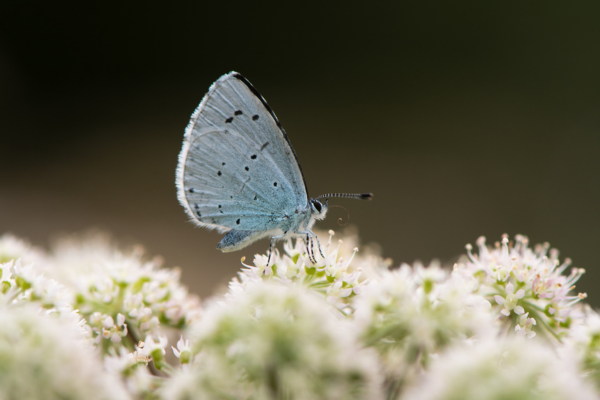
5. Holly Blue Butterfly (Celastrina argiolus): This delicate and ethereal butterfly is a delight to spot in parks during the spring and summer months. The holly blue butterfly features sky-blue wings with delicate black spots and a subtle dusting of silvery-blue on the underside.
Fun Fact: Holly blue butterflies lay their eggs on holly plants, and their caterpillars feed on the flower buds.
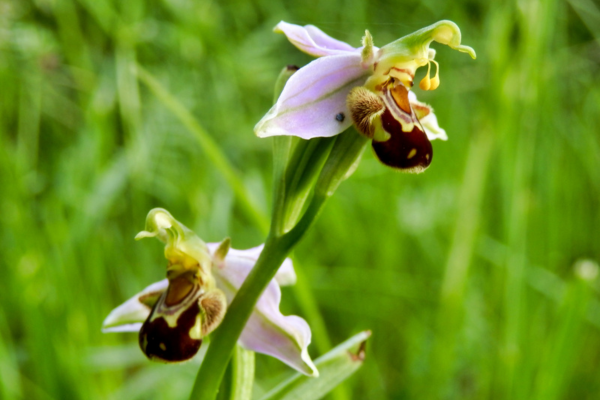
6. Bee Orchid (Ophrys apifera): The bee orchid is a striking and cleverly designed flower that resembles a bee, attracting male bees for pollination. Its unique appearance makes it stand out among other wildflowers in parks.
Fun Fact: The bee orchid has a complex relationship with specific species of solitary bees, which mistake the flower's shape and scent for a female bee, attempting to mate with it and inadvertently pollinating the flower in the process.
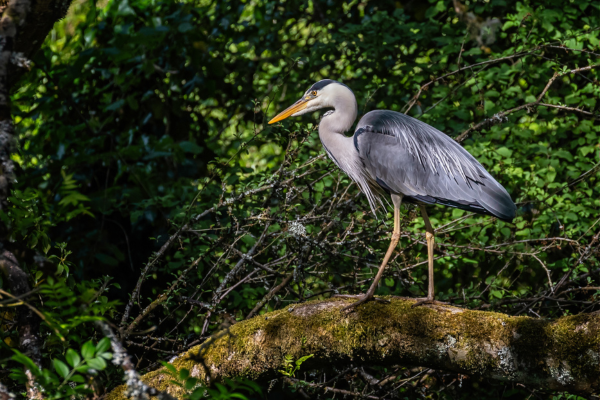
7. Grey Heron (Ardea cinerea): The grey heron is a majestic waterbird often seen standing motionless at the edge of ponds, lakes, or rivers in parks. Its tall stature, long neck, and dagger-like beak make it an impressive sight.
Fun Fact: Grey herons are skilled hunters and are known for their fishing prowess, using their sharp beaks to catch fish and other aquatic creatures.
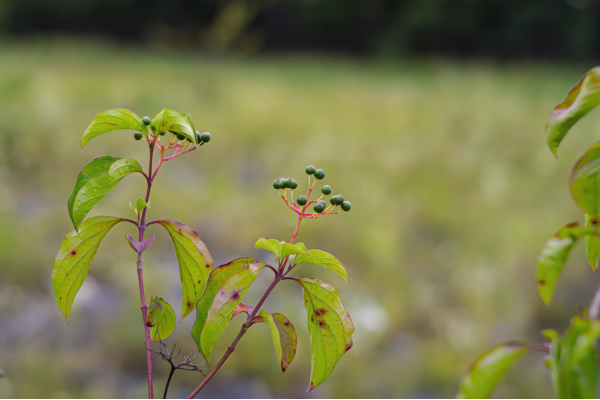
8. Dogwood (Cornus sanguinea): The dogwood shrub adds a splash of colour to parks in autumn, as its leaves turn shades of red and purple. It is also known for its bright red stems during the winter months.
Fun Fact: Dogwood stems have historically been used for making various items, such as arrows, skewers, and walking sticks.
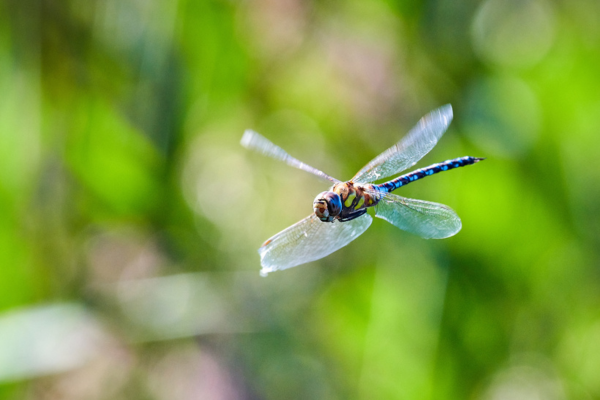
9. Emperor Dragonfly (Anax imperator): The emperor dragonfly is one of the largest dragonfly species in the UK and can be spotted near ponds and water bodies in parks. With its iridescent blue and green body and large, transparent wings, it is a magnificent insect to observe.
Fun Fact: The emperor dragonfly is an exceptional predator and can catch its prey mid-air while in flight.
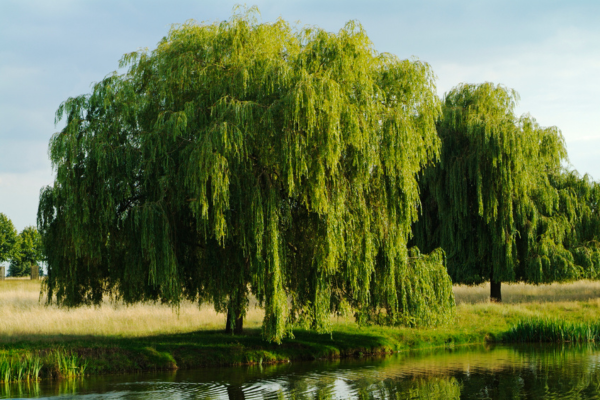
10. Weeping Willow (Salix babylonica): The graceful and drooping branches of the weeping willow tree are a picturesque addition to park landscapes. These trees are often found near water bodies.
Fun Fact: Willow bark contains a natural source of salicylic acid, which has been used for centuries to alleviate pain and inflammation, leading to the development of modern-day aspirin.
As you explore your local park, keep your eyes open for these unusual species. Each one has a fascinating story to tell, and observing them adds a new dimension of wonder and appreciation for the intricate and diverse tapestry of nature. Remember to respect wildlife and their habitats by observing from a distance and leaving no trace behind. Happy species spotting!
This blog was written by Green The UK, our partner for conservation and restoration projects.
Looking for advice?
If you're looking to let or sell your property, we can help. Get in touch with your local branch or book in for a property valuation.

Contact Us
Got a question, general enquiry or something else?
You may also like
Since we started in 1818 we have grown and joined one of the UK’s largest property groups, we can save you time and money by offering a range of services and expertise under one roof.





